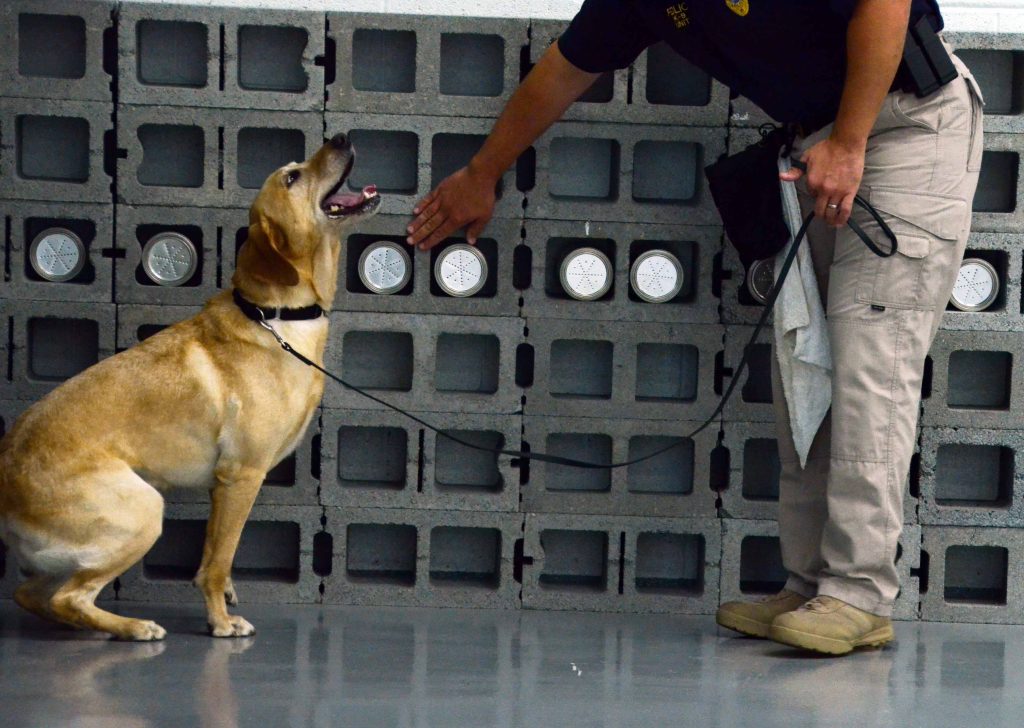Training your dog is an essential part of building a bond and ensuring they become a well-mannered, confident companion. With the right techniques, patience, and consistency, you can guide your dog toward positive behaviors that enhance their life and your relationship. Begin by establishing a foundation of trust; dogs are social animals that thrive on routines and clear communication. Positive reinforcement, which rewards good behavior with treats, praise, or toys, is one of the most effective training methods. Punishing your dog or using force can lead to fear and anxiety, so aim to create an encouraging environment. Start with basic commands like sit, stay, and come. These are fundamental cues that ensure safety in public spaces and help your dog navigate their world confidently. To teach sit, hold a treat close to their nose, slowly move it up, and allow their bottom to lower as they follow the treat.

As soon as they sit, say sit, praise, and reward them. Gradually increase the time between the command and the reward to reinforce patience. Consistency is key in all aspects of training, so practice each command several times a day for a few minutes at a time. Leash training is equally important, especially for walks, as it prevents pulling and promotes relaxed, enjoyable outings. The animal training center in Syracuse start by allowing your dog to wear a collar and leash indoors to get comfortable. Practice short walks in low-distraction areas, rewarding them for staying close. If they pull, stop walking until they return to your side, teaching them that tension halts progress. Socialization is another crucial step in training, as it builds confidence by exposing your dog to various people, animals, and environments. Proper socialization prevents fear and aggression, allowing them to handle new situations calmly. Begin by introducing them to calm, friendly dogs and people, and avoid overwhelming or overstimulating situations.
Crate training is also valuable, providing your dog with a safe, designated space and making traveling or managing separation easier. Introduce the crate slowly, making it a positive space with treats, toys, and comfortable bedding. Never use the crate as punishment; it should be a retreat, not a prison. Over time, increase the duration of time spent in the crate gradually. Address problem behaviors like jumping or barking early on, using techniques that guide them toward the desired actions. If your dog jumps on guests, for instance, turn your back until they are calm and reward them for all four paws on the floor. Training sessions should be kept short and upbeat, as dogs learn best in small, consistent intervals. Remember that training is a journey, not a destination; it continues throughout your dog’s life as you build a stronger bond and adapt to new behaviors and challenges.
